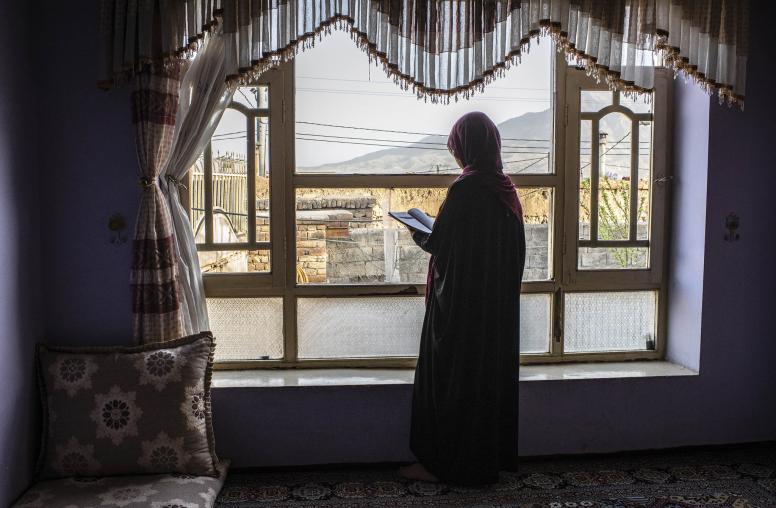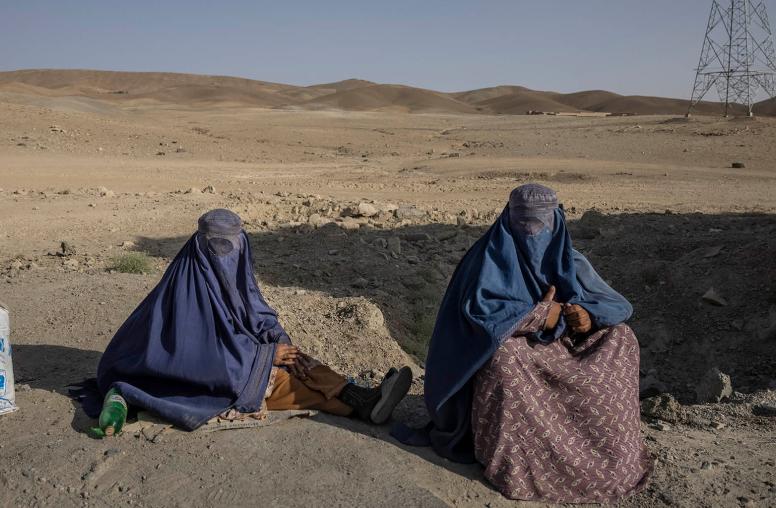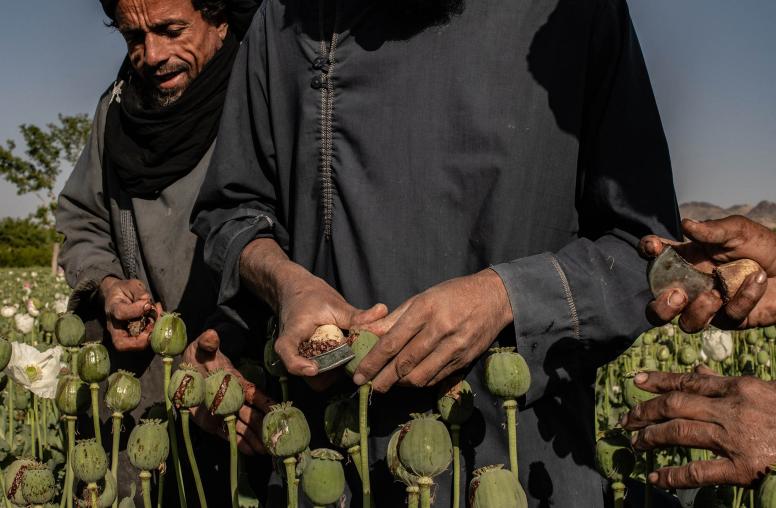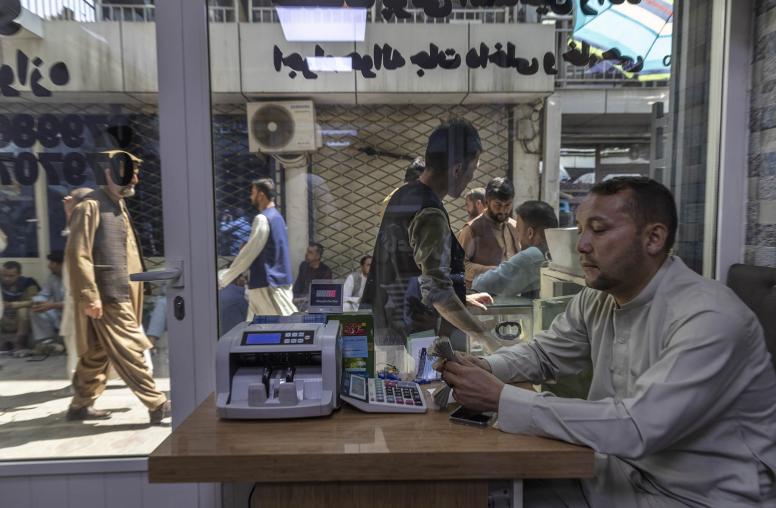ISIS Seeks to Threaten Afghan Democracy with Latest Assault
Another high-profile attack targets key democratic institution and demonstrates the group’s resilience
Following its devastating attack on a Kabul voting center last week that killed 60 and wounded over 130, the Islamic State struck again on Monday with twin suicide bombings in Kabul’s Shash Darak neighborhood. The second bombing on Monday appeared specifically targeted at media and emergency personnel, with at least nine journalists and four police officers among the 25 killed. With last week’s attack aimed at discrediting the electoral process and dissuading Afghans from participating, the Islamic State has made clear that it intends to suppress Afghanistan’s democratic development. Afghanistan’s burgeoning independent media is one of the country’s major success stories and most-trusted institutions. USIP Senior Expert on Afghanistan Johnny Walsh discusses the ramifications of the Islamic State’s surge in violence.

Coupled with the last week’s Islamic State attack aimed at discrediting the electoral process, do you expect to see a chilling effect on Afghanistan’s media after this latest attack on journalists?
Afghanistan’s independent media is one of the most deeply entrenched institutions that emerged after the fall of the Taliban. Though this week’s attack was particularly egregious, the Afghan journalist community has shown resilience and solidarity through many past incidents.
One compelling example occurred in March 2014, after a Taliban attack on the Serena Hotel in Kabul killed beloved Afghan reporter Sardar Ahmad and his family. Journalists banded together to boycott coverage of Taliban attacks during the Afghan presidential election a few weeks later. This hit the publicity-conscious group where it hurt, prompted a rare Taliban apology, and probably helped deter similar Taliban attacks. The Islamic State (which carried out this week’s bombing) is less concerned about such assaults on its image, but both incidents illustrate the Afghan media community’s willingness to protect what it has achieved, with the broad support of the country’s political leadership.
With a new national security team in place and a report that President Trump is considering a change in Afghan policy, will these attacks change the administration’s calculus on the U.S. presence in Afghanistan?
These attacks themselves, horrific as they are, are consistent with the violence Afghanistan has faced for many years. The high-profile attacks of 2018 had close parallels in 2016 and 2017, and recent UN data suggests that violent casualties nationwide are occurring at almost exactly the same rate as a year ago.
On the one hand, this would suggest that the Trump administration had already factored in these levels of violence when it announced its South Asia Strategy last August. On the other, these trendlines demonstrate that the strategy has so far not made a qualitative difference on the battlefield. President Trump has been open about his interest in ultimately leaving Afghanistan; on a recent visit to Kabul, many of my interlocutors acknowledged that if the president does not perceive progress on the ground, he might with little warning declare a U.S. withdrawal as they perceive he did in early April on Syria.
After a series of setbacks this year in northern Afghanistan, including the killing of its leader, these attacks demonstrate the continued threat the Islamic State poses. How would you assess the group’s strength?
The Islamic State branch in Afghanistan is not an existential threat to the Afghan government. It is a fraction the size of the Taliban, and a fraction the size of what the Islamic State was (until recently) in Iraq and Syria. The group has always had less momentum in Afghanistan than in many Arab countries, the vast majority of Afghans perceive it as extremely fringe, and its recent defeats in northern Afghanistan seriously undercut one of its primary hubs.
At the same time, the Islamic State holds continuing appeal for the most radical and ultra-violent segment of the Afghan insurgency. Its willingness to cross lines that the Taliban rarely cross—including flagrantly sectarian attacks on Shia populations, like the attack at the Kabul voting center—is unfortunately part of this niche appeal. Even a small pool of fighters and resources can inflict devastating damage on relatively soft targets like voter registration centers, and there is little sign the group is on the verge of losing this ability.
With positive signs on the peace process in recent months, could the Islamic State play a role as a spoiler?
Absolutely. It remains deeply uncertain that the Taliban will enter serious peace talks, but if they do, the Islamic State has considerable ability to disrupt the process by attacking sensitive targets, fanning ethno-sectarian tension, and attempting to shame the Taliban as insufficiently committed to jihad.
At the same time, hatred for the Islamic State is one of the few things the Afghan government, U.S. government, and Taliban have in common. All have devoted substantial blood and treasure to fighting the group in Afghanistan since 2015, and in some places the Taliban have in fact inflicted the most damage. If peace discussions ever start in earnest, the parties could conceivably build confidence by coordinating (or at least deconflicting) their operations against the Islamic State, or to issue public statements highlighting their mutual rejection of the group’s excesses.



